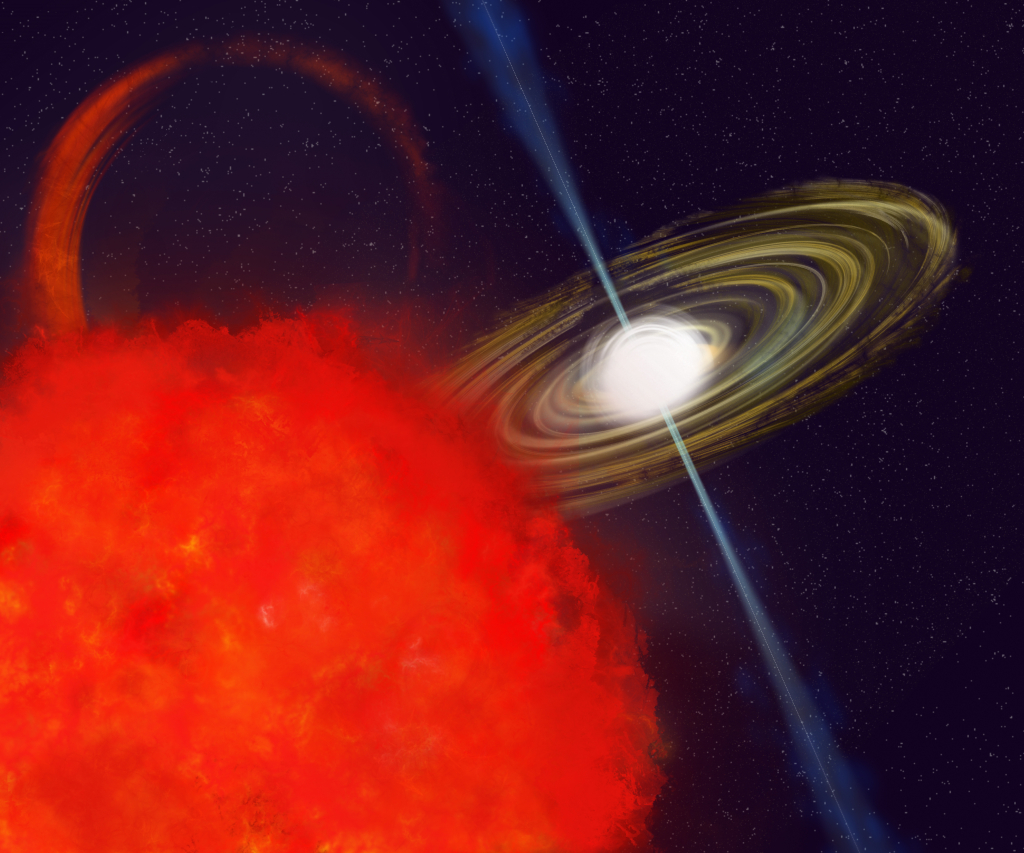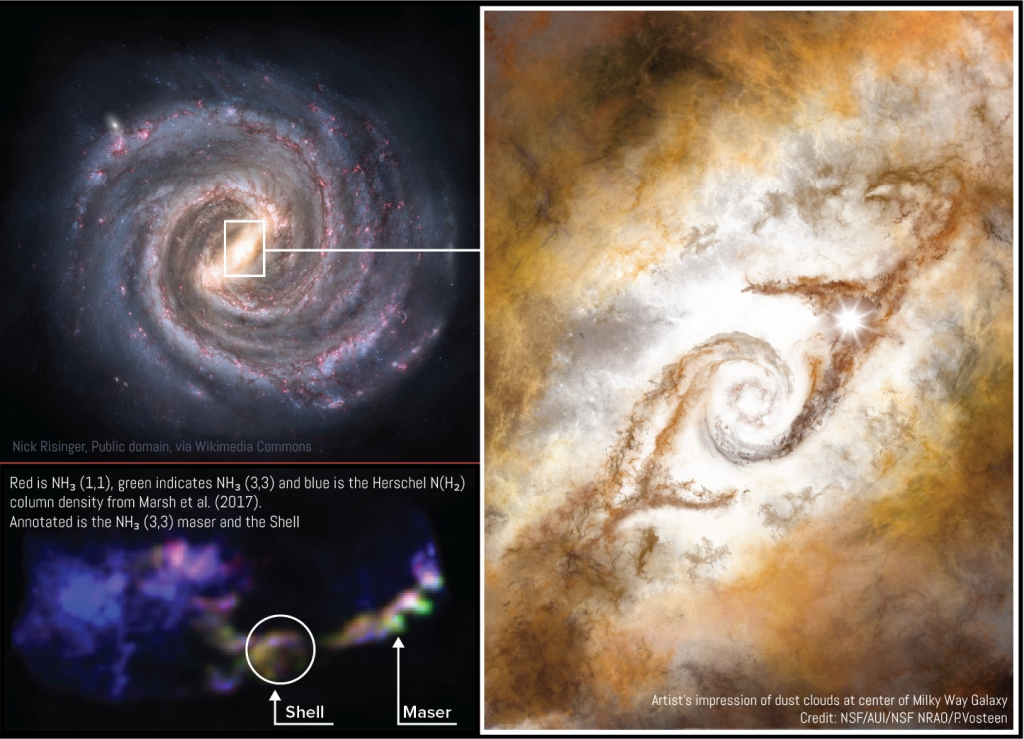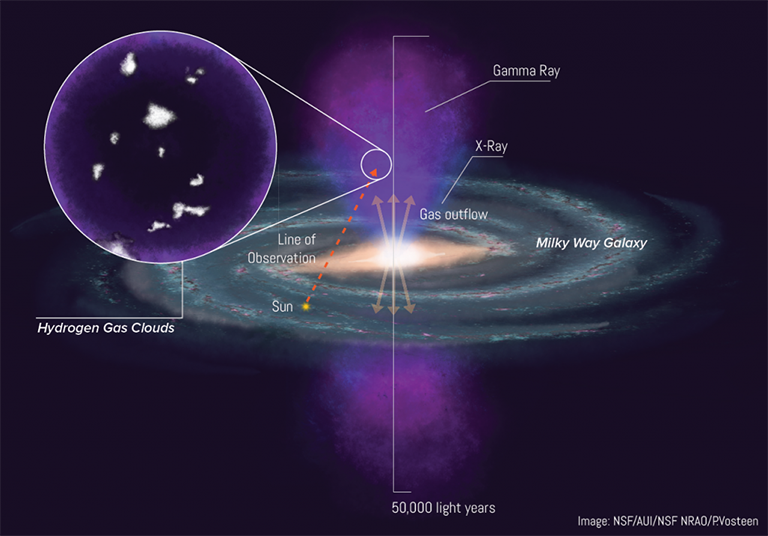The U.S. National Science Foundation Green Bank Observatory (NSF GBO) is entering a new era for the “Quiet Zone”— allowing the use of WiFi at the Green Bank Elementary and Middle School, which sits next door to the NSF Green Bank Telescope.


Aug 11, 2025
The U.S. National Science Foundation Green Bank Observatory (NSF GBO) is entering a new era for the “Quiet Zone”— allowing the use of WiFi at the Green Bank Elementary and Middle School, which sits next door to the NSF Green Bank Telescope.

Jul 17, 2025
Researchers have identified an exceptionally unusual cosmic object known as a Long Period Radio Transient (LPT), named CHIME J1634+44.

Jul 16, 2025
In a new study published in the Astrophysical Journal, researchers using the U.S. National Science Foundation Green Bank Telescope (NSF GBT) have peered into a molecular cloud known as M4.7-0.8, nicknamed the Midpoint cloud. Their observations have revealed a dynamic region bustling with activity, including potential sites of new star formation.

Jul 9, 2025
A team of astronomers has made a surprising discovery using the U.S. National Science Foundation Green Bank Telescope (NSF GBT): eleven fast-moving clouds of cold, neutral hydrogen gas—akin to “ice cubes”—surviving deep inside the Fermi Bubbles.